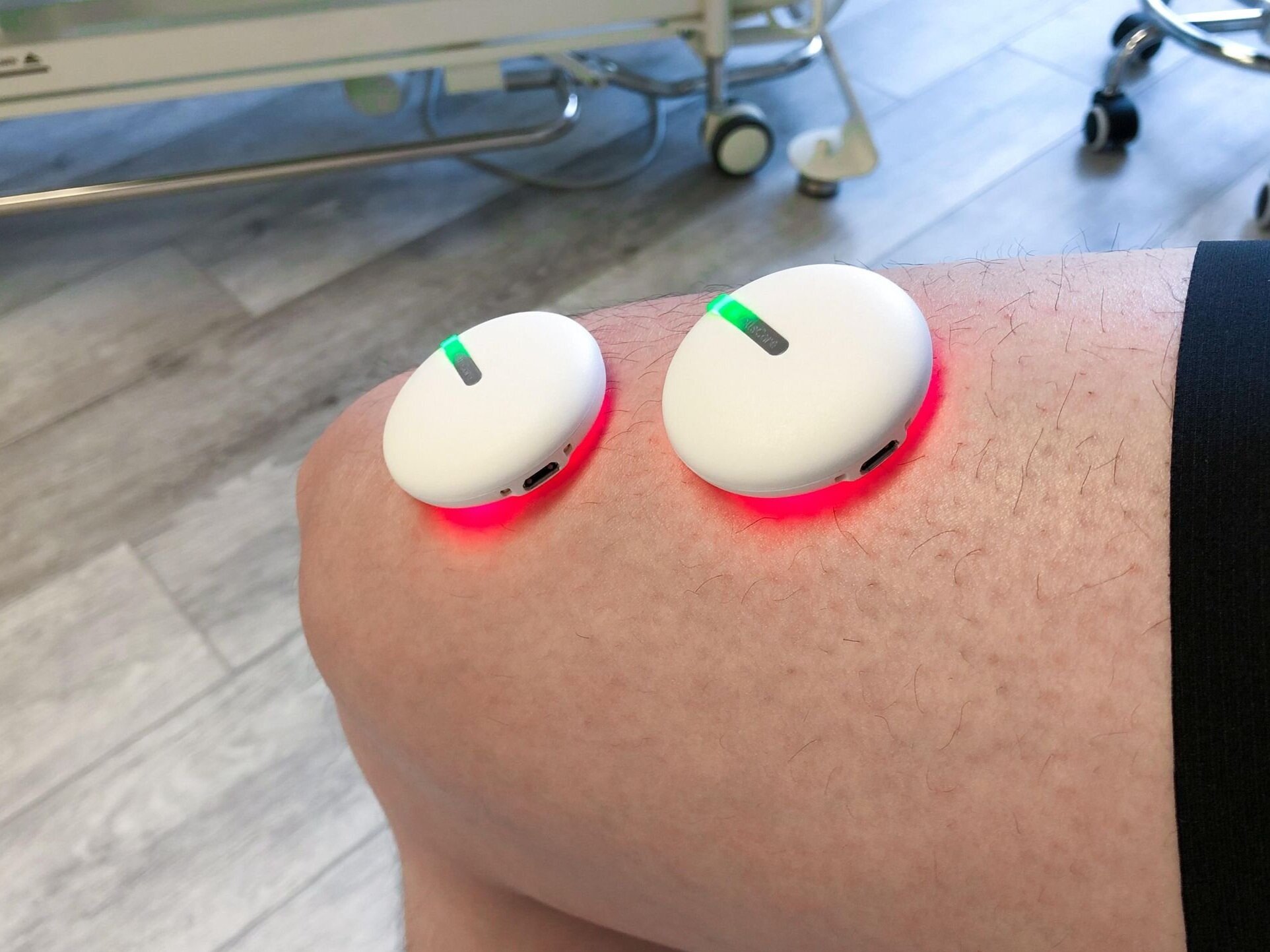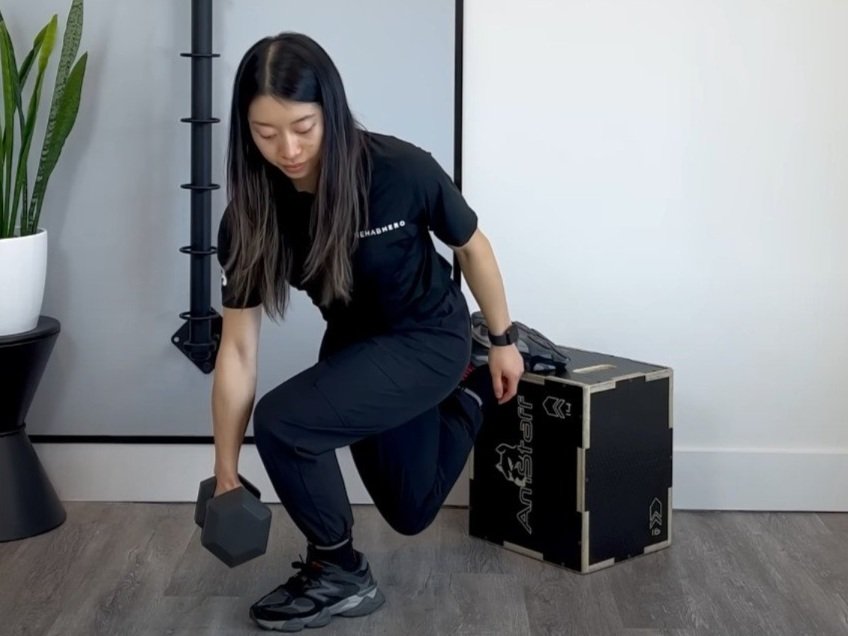Laser Therapy
Phototherapy Benefits
What is Laser Therapy and How Does it Work?
What is Laser?
Did you know that LASER is actually an acronym? It stands for Light Amplification by Stimulation Emission of Radiation. I know, that’s a mouthful ain’t it? As some may know, there are many different types of lasers, each with their own specific application. The application of laser for sports injuries and chronic pain is called Low Level Laser Therapy or LLLT for short. The specifications that qualifies a laser as being a LLLT include:
Monochromatic (Single Frequency)
Coherent (All waves are in sync)
Directional (Not Divergent)
Laser therapy is actually part of a larger umbrella type of therapy called Phototherapy. Phototherapy uses electromagnetic radiation (EMR) for therapeutic purposes and includes other light modalities including SLD and LEDs. Each type of phototherapy has its own specific wavelengths and therefore different therapeutic purposes. Of these laser is the most popular modality.
What is EMR?
EMR is composed of both electric and magnetic fields organized perpendicular to each other. These waves do not require a medium and will travel in the same direction. Wavelengths and frequencies categorize EMR and determine their intended use. Wavelengths refer to the distance between peaks of the waves, while frequencies refer to how often the waves repeat. Laser is part of the electromagnetic spectrum that includes non-ionizing radiation - radiation that can’t break molecular bonds.
Lasers are further classified into different categories depending on their strength. Lasers used in the clinic for tendons, muscles and ligaments fall under the Class 3B category. These lasers require a health care license in order for you to purchase one.
Is Laser The Same As Light Therapy?
The short answer to this is… no. Unlike laser therapy, light therapy uses light with 2 major property differences, light therapy is:
Non-coherent (All waves are NOT in sync)
Slightly Divergent (Not all in the same direction)
Light therapy includes modalities such as LED and SLD (supraluminous diodes).
What Does Laser Do?
Laser is known to:
Stimulate DNA and RND synthesis
Release growth factor
Form new capillaries
Increase collagen synthesis
Increase nociceptor thresholds (Decrease Pain Sensitivity)
Improve local immune cell function
Increase endorphin release
Increase serotonin release
Inhibit prostaglandin release
Block C-fibre depolarization (block pain transmission to the brain)
Increase osteoblast production
Increase blood and lymph flow
Fundamentally laser helps to speed up the healing process.
How Does LLLT Work?
Currently it is suggested that EMR penetrates the skin and is absorbed by cells. These cells then convert the laser into biomechanical energy in the form of ATP (main unit of energy used in the body). This newfound surplus of ATP is then used to facilitate healing by restoring normal cell function.
Which Conditions Are Treated With Laser?
Laser is effective for treating the following conditions:
Acute muscular strains
Acute sprains
Repetitive strains
Rheumatoid Arthritis
Osteoarthritis
What Are the Contraindications For Laser Therapy?
As with most modalities, there are always a few conditions or situations where laser therapy is not recommended and is in fact contraindicated. General risks with treatment include permanent eye injury and minor skin burns. Conditions or areas in which laser therapy is contraindicated include:
Eyes
Reproductive organs
Tissues with active virulent bacterial infections (such as tuberculosis)
Low back or abdominal pain of pregnant women
Regions of known malignancy (cancer)
Tissues with active bleeding or hemorrhage
Deep vein thrombosis
Thrombophlebitis
Are There Additional Precautions for LLLT?
Precautions need to be exercised for the follow conditions or body regions:
Systemic Lupus Erythematosus
Recently radiated tissues
Active Epiphysis
Anterior Neck
Carotid Sinus
Photosensitivity disorders
Compromised immune systems
Active infections
Who Can Administer a Laser Treatment?
You can receive LLLT from your local physiotherapist or chiropractor. Both health care providers are trained on using this modality and when to use it. At Rehab Hero this treatment is offered as an adjunct modality when indicated. You can book a physiotherapist or chiropractic appointment by clicking the button below.
Written By:
Dr. David Song, Chiropractor, Rehab Coach
References
Cameron, M.H. (2012) Physical Agents in Rehabilitation: From Research to Practice. Elsevier – Health Sciences Division, 4th Edition, p.223-282
Houghton P.E., Nussbaum EL, Hoens AM, (2010) ELECTROPHYSICAL AGENTS - Contraindications and Precautions: An Evidence-Based Approach To Clinical Decision Making In Physical Therapy. Physiotherapy Canada, Volume 62, Number 5, p26-38.Retrieved from: http://www.ncbi.nlm.nih.gov/pmc/articles/PMC3031347/
Brosseau L, Welch V, Wells GA, de Bie R, Gam A, Harman K, Morin M, Shea B, Tugwell P. Low level laser therapy (Classes I, II and III) for treating rheumatoid arthritis. Cochrane Database of Systematic Reviews 2005, Issue 4. Art. No.: CD002049. DOI: 10.1002/14651858.CD002049.pub2.
Yousefi-Nooraie R, Schonstein E, Heidari K, Rashidian A, Pennick V, Akbari-Kamrani M, Irani S, Shakiba B, Mortaz Hejri S, Jonaidi AR, Mortaz-Hedjri S. Low level laser therapy for nonspecific low-back pain. Cochrane Database of Systematic Reviews 2008, Issue 2. Art. No.: CD005107. DOI: 10.1002/14651858.CD005107.pub4.
Hurwitz, EL, Carragee EJ, van der Velde G et al. Treatment of neck pain: noninvasive interventions. Results of the Bone and Joint Decade 2000-2010 Task Force on Neck Pain and Its Associated Disorders. Eur Spine J. Apr 2008; 17(Suppl 1): 123–152
Almeida MO, Silva BNG, Andriolo RB, Atallah ÁN, Peccin MS. Conservative interventions for treating exercise-related musculotendinous, ligamentous and osseous groin pain. Cochrane Database of Systematic Reviews 2013, Issue 6. Art. No.: CD009565. DOI: 10.1002/14651858.CD009565.pub2.
Peters S, Page MJ, Coppieters MW, Ross M, Johnston V. Rehabilitation following carpal tunnel release. Cochrane Database of Systematic Reviews 2013, Issue 6. Art. No.: CD004158. DOI: 10.1002/14651858.CD004158.pub2.






















